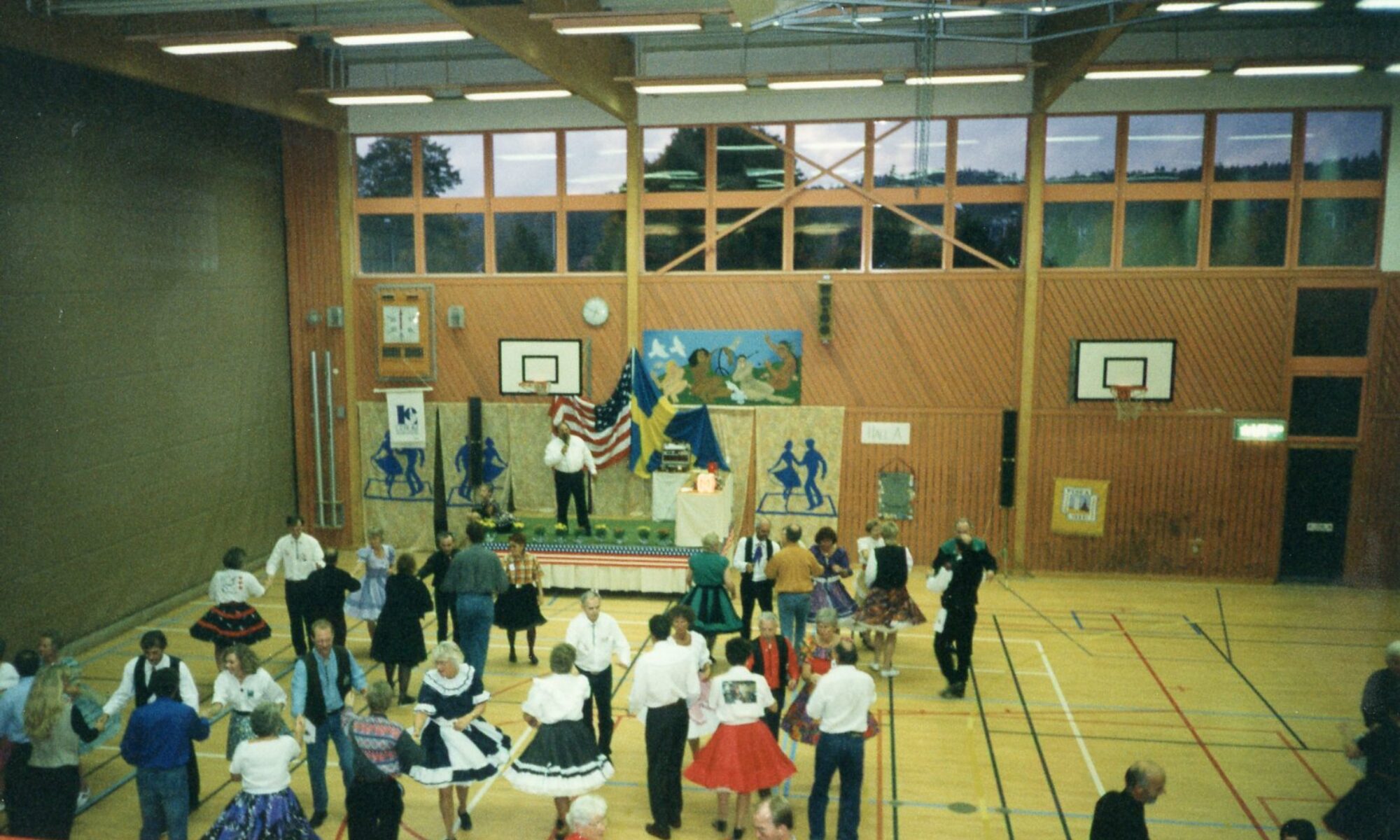Although cohabitation first came to scholarly attention because for the residing plans of 1960s college students, these people had been the imitators, maybe not the innovators (Cherlin 1992).
it had been been commonly seen that reduced training amounts and poorer work status affect the propensity positively to cohabit (Cherlin 1992; Raley 2000; Seltzer 2000; Smock and Manning 1997). Researchers argue that economic protection is a factor that is key the forming of marriages (age.g., Oppenheimer 1994). Folks from poorer backgrounds usually delay wedding as a result of inadequate resources that are economic. This will make them more prone to form relationships that are cohabitational well-educated individuals. U.S. proof reveals that of nineteen to forty-four-year-old ladies who have ever cohabited, the probability for senior school dropouts ended up being 60 % versus 37 percent for university graduates (Bumpass and Lu 1999).
4th, numerous cohabitors are self-selected due to their individual attitudes toward nonmarital unions. Because cohabitation happens from the norm, cohabitors are partially rejecting the culture’s principal value system. Those individuals whom enter cohabitational relationships have a tendency to perceive social guidelines in versatile terms. Having said that, people who have conventional perceptions associated with the household and religious backgrounds that prohibit premarital unions are not likely to come right into cohabitation due to their conservative values (Axinn and Thornton 1993).
Known reasons for Cohabitation
Numerous observers have actually thought that the trend toward cohabitation and soon after wedding signifies a dysfunction of this old-fashioned family members. Nonetheless, this viewpoint rests on a limited knowledge of household relationships. The thought of the old-fashioned family members is mostly a discursive construction, and, as a result, it eventually doesn’t comprehend the historic complexities of family members relationships. For instance, as Andrew Cherlin (1992) tips away, the pattern of subsequent wedding is anomalous just when compared with the 1940 to 1960 wedding pattern. The gents and ladies created between 1920 and 1945 hitched at previous many years than any other cohort into the 20th century.
The typical chronilogical age of very first wedding in belated century that is twentieth implies a go back to the pattern that prevailed during the change for the century. Proof written by Catherine Fitch and Steven Ruggles (2000) reveals that, in 1890, the median age at wedding of white U.S. guys had been twenty-six and twenty-two for white U.S. ladies. With this longterm top, the decrease between 1890 and 1930 (which ended up being particularly big for guys) ended up being accompanied by a sudden, severe fall dating from about 1940 to 1960. By 1960, the age that is average of for males ended up being twenty-two much less than twenty for females. These many years have quickly increased since the 1970s. By 1980, the normal many years at wedding had been about twenty-four and twenty-two, correspondingly; by 1990, about twenty-six and twenty-four. The important thing point let me reveal that the timing of marriage can commonly fluctuate into the long haul. Such vicissitudes are definitely not due to the alleged break down of the household, but are frequently symptomatic of particular historic conditions.
The https://datingranking.net/pl/badoo-recenzja/ idea that cohabitation somehow represents a collapse of this family that is traditional inaccurate taking into consideration the historic prevalence of nonmarital union and broad shifts when you look at the timing of wedding. Certainly, the intensification of cohabitation is connected with factors fundamental to your institutionalization regarding the nuclear household in the 1950s. Based on Cherlin (1992), the pattern of very early wedding prevalent within the belated 1940s and also the 1950s ended up being partially due to comfort and success, both of which released a social interest in wedding that had been suppressed by the Great Depression and World War II.
The proliferation of the nuclear family was encouraged by governmentguaranteed mortgages, of which millions of families took advantage to purchase single-family houses outside of the cities in the United States. The postwar financial growth created a large, stable market of high-paying (family-wage) employment for males, and also this made the nuclear household just about self-sufficient. This era emphasized home and household life, which partly is the reason the child growth, which used the marriage growth. Most of the values related to these styles had been projected (and disseminated) through the popular media. Tv programs such as for instance keep it to Beaver dedicated to Mr. and Mrs. Cleaver and kids and had little related to grand-parents, uncles, and aunts. The brand new consider the nuclear family members signified a disintegration of extended kin systems. The postwar retreat into the nuclear household marked the modern growth of individualism as it ended up being one step away from group-oriented household life. While the bonds between people and wider kin systems weakened as well as dissolved, individuals slowly started to look for meaning through more self-oriented goals and values, especially those realized through spousal relationships (Cherlin 1992).
